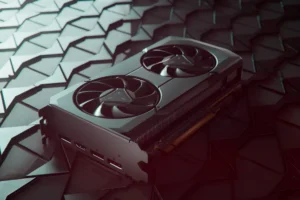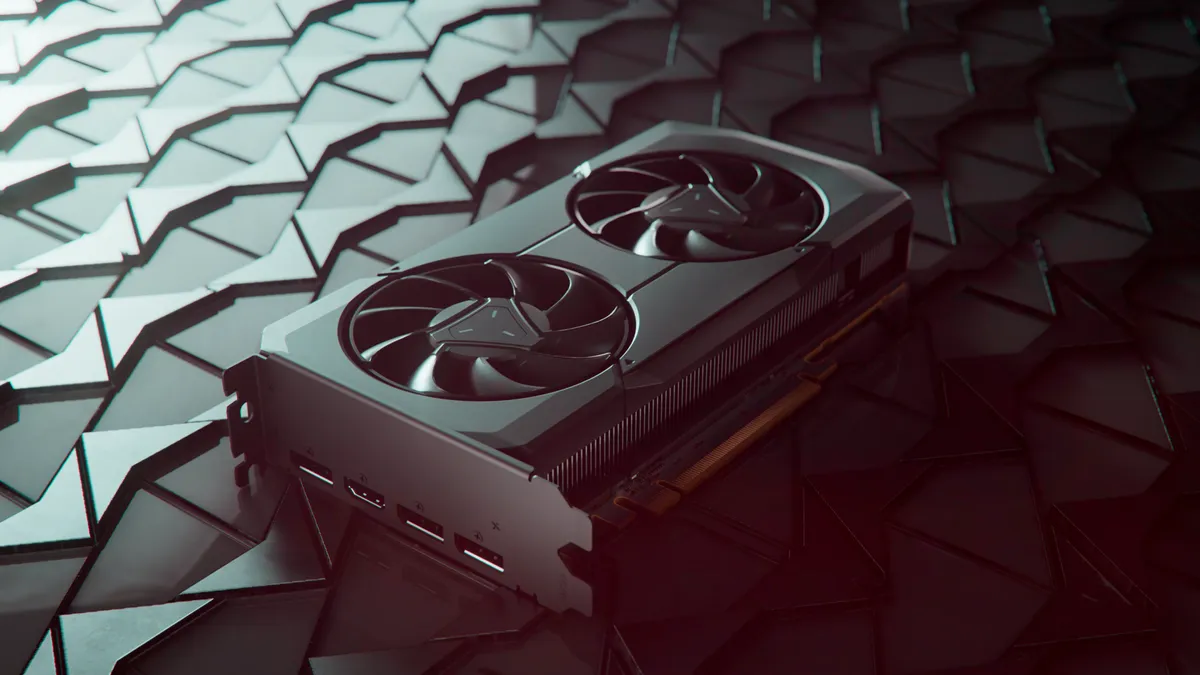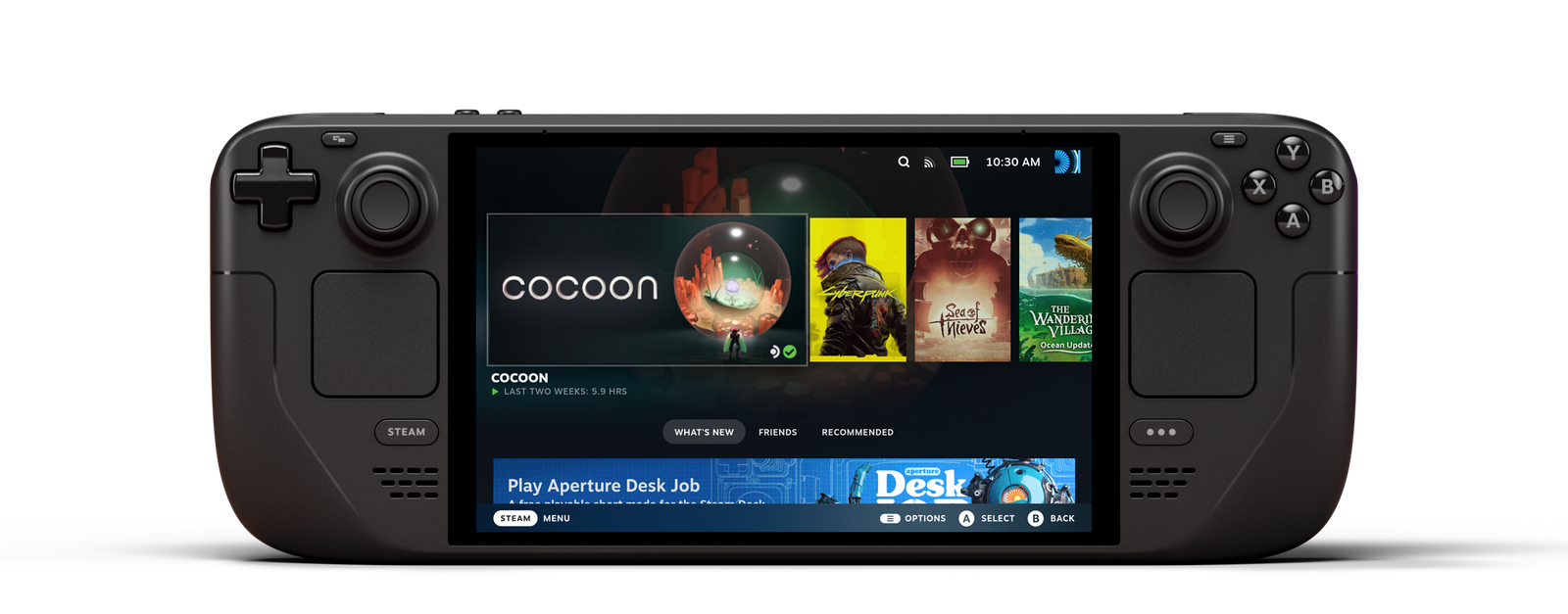In the fast-paced world of technology, major hardware launches are often accompanied by flashy press conferences, live streams, and a flurry of marketing. But sometimes, a significant product quietly enters the market, making its presence known not with a bang, but with a whisper. This is exactly the case with AMD’s new Radeon RX 7400, a graphics card that has slipped into the lineup without a formal announcement, yet holds a crucial position in the company’s strategy.
For gamers in the Pacific Northwest and across the country who have been looking for an affordable entry point into modern PC gaming, the Radeon RX 7400 is a welcome development. It brings the power of AMD’s latest RDNA 3 architecture to the budget segment, offering a compelling upgrade for those still using older hardware or relying on integrated graphics. But who is this card really for, and what does its quiet launch tell us about the ever-evolving PC hardware market? Let’s take a closer look at AMD’s latest move.
What is the AMD Radeon RX 7400?
The AMD Radeon RX 7400 is a new budget-friendly graphics card in the Radeon RX 7000 series, built on the company’s latest RDNA 3 architecture. It’s designed to provide a solid gaming and streaming experience at 1080p resolution, which remains the most popular resolution for PC gamers. Unlike its more powerful siblings, such as the RX 7600, the RX 7400 is primarily an OEM exclusive. This means you won’t find it on store shelves as a standalone component; instead, it will be sold as part of pre-built desktop computers from major manufacturers like Dell.
This strategy is key to understanding the card’s purpose. It’s not meant for PC enthusiasts who build their own systems from scratch. Rather, it’s a targeted solution for the millions of consumers who buy a pre-configured computer and want something more robust than the integrated graphics that come with a standard CPU. This makes the RX 7400 a vital tool for bridging the gap between basic computing and legitimate gaming.
The Core Specs: Power and Efficiency
Despite its budget focus, the Radeon RX 7400 packs a respectable punch. It comes equipped with 8GB of GDDR6 memory on a 128-bit memory bus, which is a significant improvement over previous budget cards with smaller memory capacities. This 8GB VRAM configuration is more than enough for most modern games at 1080p, ensuring a smoother experience and preventing performance bottlenecks.
One of the most impressive aspects of the RX 7400 is its power efficiency. With a Total Board Power (TBP) of just 55W, the card is able to draw all the power it needs directly from the motherboard’s PCIe slot. This means it doesn’t require any additional external power cables, simplifying the build process for OEMs and making it compatible with a wider range of power-supply units. For consumers, this translates to a more energy-efficient computer and a GPU that can fit into smaller, more compact desktop cases without generating excessive heat. This is especially relevant in the Pacific Northwest, where many people value sustainability and energy-conscious technology.
The RX 7400 is based on a trimmed-down version of the Navi 33 chip, which is also found in the Radeon RX 7600. It features 28 RDNA 3 Compute Units, 1792 Stream Processors, and supports modern features like hardware-accelerated ray tracing and AV1 encode/decode. While its memory speed is slower than the RX 7600, which reduces the overall bandwidth, it still represents a significant generational leap in performance over its predecessor, the RX 6400.
Why a “Quiet” Launch? The OEM Strategy
The lack of a major public announcement for the Radeon RX 7400 is a deliberate part of AMD’s strategy. By positioning the card as an OEM-only product, AMD can focus on strengthening its relationships with computer manufacturers. These manufacturers can then offer a clear performance upgrade path in their budget-to-mid-range desktop offerings, differentiating their products from competitors that might still be using older or less capable GPUs.
For consumers, this means that while you can’t buy the card on its own, you might soon start seeing “gaming-ready” desktops from companies like Dell, HP, or Lenovo that are powered by the RX 7400. This makes the path to a gaming PC much simpler for those who are not comfortable with building their own machine. It also helps AMD to compete with rivals in the pre-built market, where brand recognition and price-to-performance ratios are key.
Who is this card for?
So, is the Radeon RX 7400 the right card for you?
- The Casual Gamer: If you primarily play popular online games like Fortnite, Valorant, or League of Legends, and you’re satisfied with a smooth 1080p experience, the RX 7400 is a perfect fit. It will provide a significant performance boost over any integrated graphics solution.
- The Budget-Conscious Buyer: For someone buying a new pre-built PC and wanting the best graphics performance for their money without breaking the bank, a system with an RX 7400 is a strong option.
- The Streaming and Content Creation Novice: The card’s support for AV1 encode and decode is a huge bonus. This technology enables more efficient video compression, which is great for anyone who wants to start streaming or creating video content without needing a high-end, expensive GPU.
It’s important to note that if you are a PC enthusiast, a serious gamer who plays demanding AAA titles, or someone who wants to build their own computer, the RX 7400 is not the right choice. For those users, more powerful cards like the Radeon RX 7600 or NVIDIA’s RTX 4060 would be better options.
The Pacific Northwest Connection
The Pacific Northwest, with its vibrant tech industry and a growing number of gamers and content creators, is a perfect market for a product like the Radeon RX 7400. The region is home to countless startups and remote workers who need reliable and efficient hardware for everything from video editing to gaming during their downtime. The energy efficiency of the RX 7400 also aligns well with the Northwest’s strong focus on sustainability and eco-friendly technology.
This launch is a signal that AMD is committed to providing modern gaming technology at all levels of the market, not just the high-end. By making RDNA 3 more accessible through OEM partnerships, the company is helping to grow the entire PC gaming ecosystem. It’s a smart, strategic move that will have a quiet but powerful impact on the industry.
For more information on gaming, check out our recent articles on Valve’s Steam Deck Gets a Big Update.
This article was written with the assistance of Ai.














![The 17 Best Game Design Colleges in US [2025 Industry Picks] 4 game design](https://nwnews.com/wp-content/uploads/2025/03/91ee35b9-59f2-499b-b4b2-ac458d3550b5.png)